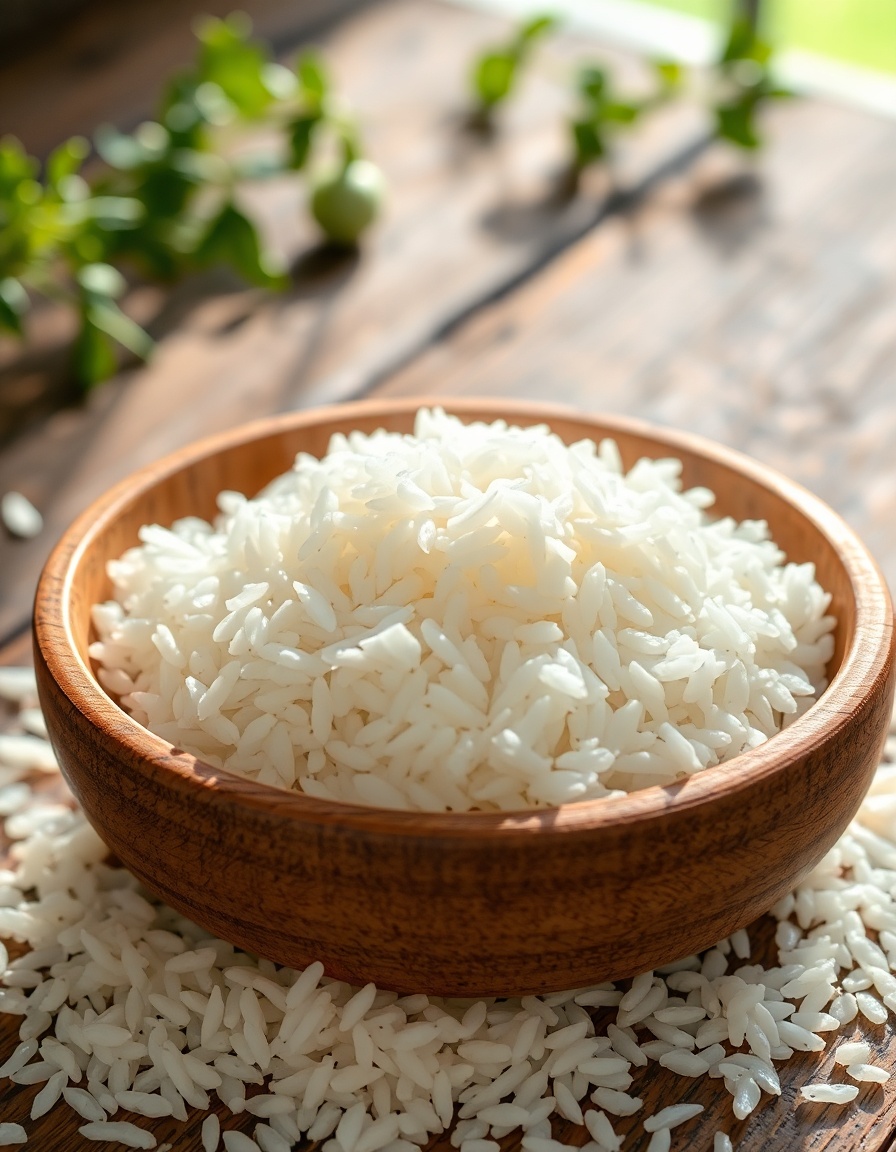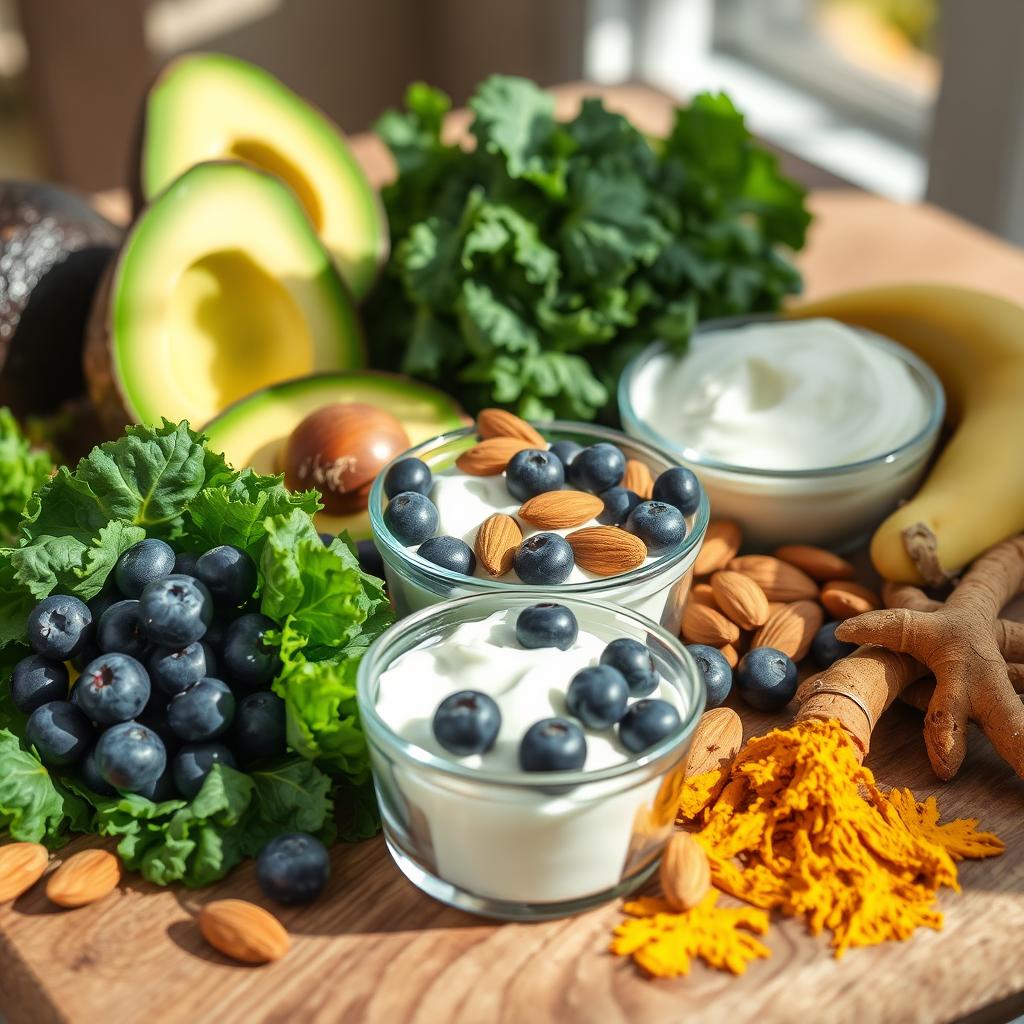Rice is a staple food consumed by millions worldwide, making understanding its caloric content essential for anyone monitoring their diet. Whether you are tracking your daily calorie intake for weight management or simply curious about the nutrients in your meals, knowing the calories in 100g rice can provide valuable insights. This article explores how calorie counts vary by rice type, cooking method, and portion size, while also discussing the nutritional benefits that come along with this versatile grain. Additionally, for those interested in holistic dietary habits, pairing rice with the best teas to drink every day can complement a balanced lifestyle.
Calories in 100g Rice: An Overview
Understanding Caloric Content in Rice
Calories in rice are derived primarily from carbohydrates, which provide energy for bodily functions. The calorie content in 100g rice depends on whether it is raw or cooked, as rice absorbs water during cooking, altering its weight and calorie density. Raw rice contains concentrated nutrients and calories per gram, whereas cooked rice has fewer calories per gram due to water absorption.
Differences Between Raw and Cooked Rice Calories
When measuring calories, it’s crucial to distinguish between raw and cooked rice. Typically, 100g of raw white rice contains approximately 360-370 calories, but once cooked, 100g of rice usually contains around 130-150 calories. This significant difference arises because cooked rice approximately triples in weight as it absorbs water, diluting calorie concentration. Therefore, knowing which form you are measuring prevents miscalculations when tracking intake.
Why Portion Size Matters for Calorie Counting
Portion size greatly influences calorie consumption. While 100g raw rice might seem a small quantity, after cooking it yields roughly 300g, substantially changing the volume of food consumed. Overestimating or underestimating portion sizes can result in inaccurate calorie tracking. Using kitchen scales to weigh raw rice before cooking can help maintain precise control over calorie intake, especially for those on strict diets.
Types of Rice and Their Caloric Differences
White Rice vs Brown Rice: Calorie Comparison
| Type of Rice | Calories in 100g (Raw) | Calories in 100g (Cooked) |
|---|---|---|
| White Rice | 365 kcal | 130 kcal |
| Brown Rice | 360 kcal | 111 kcal |
Brown rice generally contains slightly fewer calories per cooked serving than white rice because of its higher fiber content, which adds bulk and reduces available digestible carbohydrates. However, the difference is relatively small, and both types provide substantial energy.
Other Varieties: Jasmine, Basmati, Wild Rice Calories
Other rice varieties like Jasmine, Basmati, and wild rice display minor differences in caloric content. Jasmine and Basmati rice, popular for their aroma and texture, contain calories similar to white rice, roughly 350-370 kcal per 100g raw. Wild rice, which is technically a grass seed, tends to be lower in calories, ranging between 100-150 kcal per 100g cooked, and offers a distinct nutty flavor and higher protein content.
Impact of Processing on Calorie Counts
The degree of processing also influences calorie content. Polished white rice has most of its bran and germ removed, reducing fiber and some micronutrients but maintaining high starch content and caloric density. Conversely, minimally processed or whole grain rice varieties retain more fiber and micronutrients, which impacts digestion and the net calories absorbed by the body.
Nutritional Benefits Beyond Calories in 100g Rice
Macronutrient Breakdown: Carbs, Protein, Fat Content
| Nutrient | White Rice (per 100g cooked) | Brown Rice (per 100g cooked) |
|---|---|---|
| Carbohydrates | 28g | 23g |
| Protein | 2.7g | 2.6g |
| Fat | 0.3g | 1g |
| Fiber | 0.4g | 1.8g |
Rice is predominantly a carbohydrate source, with small amounts of protein and minimal fat. Brown rice contains more fiber and slightly higher fat due to its bran layer. The fiber found in brown rice plays an essential role in digestive health and can influence satiety.
Vitamins and Minerals Present in Different Rices
Brown rice is richer in vitamins and minerals such as magnesium, phosphorus, manganese, and B vitamins compared to white rice. The milling process removes much of these nutrients in white rice, which is often enriched with iron and folic acid to compensate. Including brown or whole grain rice varieties can contribute more significantly to daily micronutrient needs.
Role of Fiber in Brown and Whole Grain Varieties
Fiber content in brown rice and other whole grain rice varieties improves digestive function and assists in blood sugar regulation by slowing carbohydrate absorption. This can moderate the glycemic response compared to white rice, which is especially important for individuals managing diabetes or metabolic concerns.
Incorporating 100g of Rice into a Balanced Diet
Calorie Management When Including Rice Meals
Rice can be part of a balanced diet when consumed in appropriate portions. Monitoring the calories in 100g rice — especially cooked rice — helps in meal planning to avoid exceeding daily energy needs. Combining rice with lean proteins, vegetables, and healthy fats ensures well-rounded nutrition and helps maintain stable blood sugar levels.
Tips for Cooking Methods That Affect Caloric Intake
Cooking methods can influence the caloric content of rice dishes. Boiling or steaming rice typically does not add calories, but frying rice or cooking it with oil, butter, or sauces significantly increases the calorie count. Rinsing rice before cooking can reduce some starch content, potentially slightly lowering calories. Additionally, soaking rice and cooking with extra water has been studied for its possible effects on reducing calorie absorption, but more research is needed for definitive conclusions.
Conclusion
Understanding the calories in 100g rice is vital for accurate dietary tracking and making informed food choices. Raw rice contains more calories by weight compared to cooked rice due to water absorption during cooking. The type of rice also affects calorie content, with brown and whole grain varieties offering modestly fewer calories cooked and additional nutritional benefits like fiber and micronutrients. Incorporating rice thoughtfully within a balanced diet supports energy needs while contributing essential nutrients when paired with diverse food groups. Keeping cooking methods in mind can further help manage caloric intake from rice-based meals.





